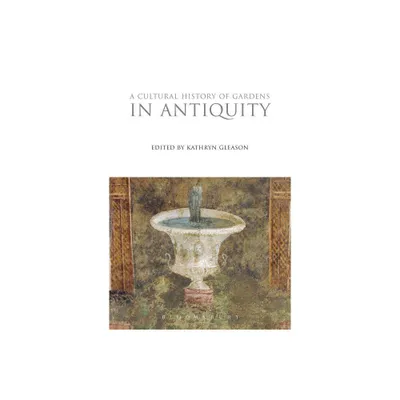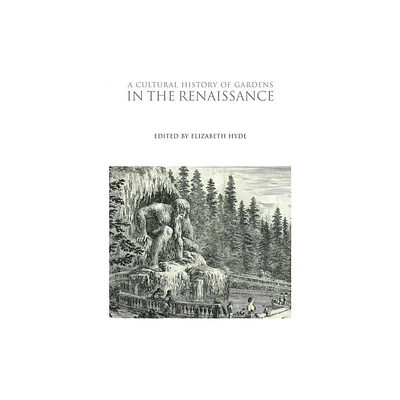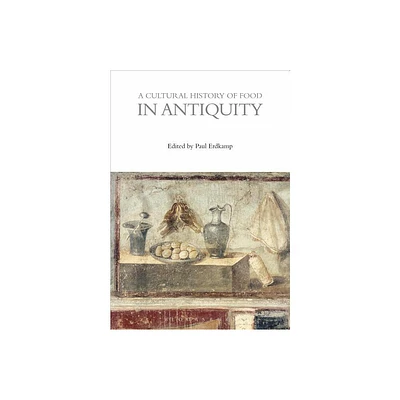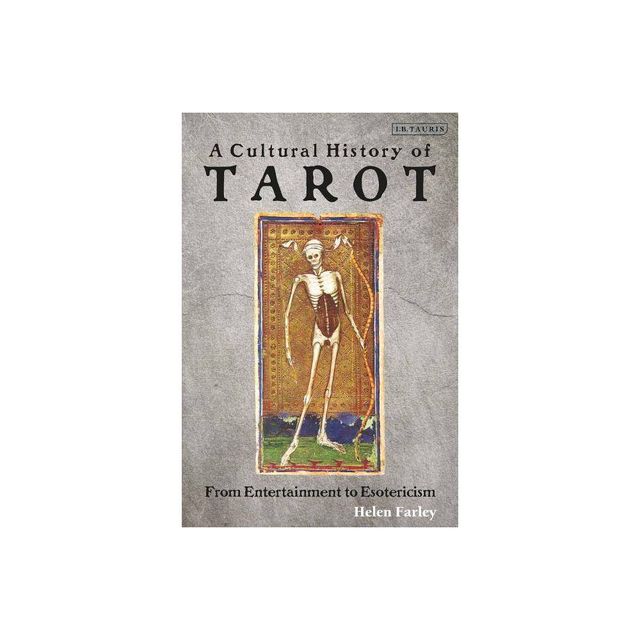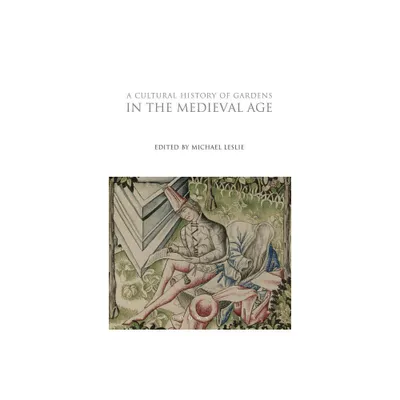Home
Ma-ana es San Per-n: A Cultural History of Per-n's Argentina
Loading Inventory...
Barnes and Noble
Ma-ana es San Per-n: A Cultural History of Per-n's Argentina
Current price: $140.00


Barnes and Noble
Ma-ana es San Per-n: A Cultural History of Per-n's Argentina
Current price: $140.00
Loading Inventory...
Size: OS
*Product Information may vary - to confirm product availability, pricing, and additional information please contact Barnes and Noble
The regime of Juan Perón is one of the most studied topics of Argentina's contemporary history. This new book—an English translation of a highly popular, critically acclaimed Spanish language edition—provides a new perspective on the intriguing Argentinian leader. Mariano Plotkin's cultural approach makes Perón's popularity understandable because it goes beyond Perón's charismatic appeal and analyzes the Perónist mechanisms used to generate political consent and mass mobilization.
Mañana es San Perón
is the first book to focus on the cultural and symbolic dimensions of Perónism and populism. Plotkin also presents important material for the study of populism and the modern state in this region.
explores the creation of myths, symbols, and rituals which constituted the Peronist political imagery. This political imagery was not designed to reinforce the legitimacy of a political system defined in abstract terms, but to assure the undisputed loyalty of different sectors of society to the Peronist government and to Perón himself. The evolution of the institutional framework that made the creation of this symbolic apparatus possible is also discussed.
This well-researched book shows the methods designed by the Perónist regime to broaden its social base through the incorporation and activation of groups which had traditionally occupied a marginalized position within the political system-non-union workers, women, and the poor. Plotkin investigates how Perón used the education system to build his popularity. He examines the public assistance programs financed through the Eva Perón Foundation, and demonstrates how they were used to politicize women for the first time. He explains how Eva Perón and the Perónist regime not only tried to gain the support of women as voters but also as potential "missionaries" who would spread the Perónist word in the privacy of their homes.
This well-written and engaging account of one of Latin America's most colorful and appealing leaders is
Mañana es San Perón
is the first book to focus on the cultural and symbolic dimensions of Perónism and populism. Plotkin also presents important material for the study of populism and the modern state in this region.
explores the creation of myths, symbols, and rituals which constituted the Peronist political imagery. This political imagery was not designed to reinforce the legitimacy of a political system defined in abstract terms, but to assure the undisputed loyalty of different sectors of society to the Peronist government and to Perón himself. The evolution of the institutional framework that made the creation of this symbolic apparatus possible is also discussed.
This well-researched book shows the methods designed by the Perónist regime to broaden its social base through the incorporation and activation of groups which had traditionally occupied a marginalized position within the political system-non-union workers, women, and the poor. Plotkin investigates how Perón used the education system to build his popularity. He examines the public assistance programs financed through the Eva Perón Foundation, and demonstrates how they were used to politicize women for the first time. He explains how Eva Perón and the Perónist regime not only tried to gain the support of women as voters but also as potential "missionaries" who would spread the Perónist word in the privacy of their homes.
This well-written and engaging account of one of Latin America's most colorful and appealing leaders is

